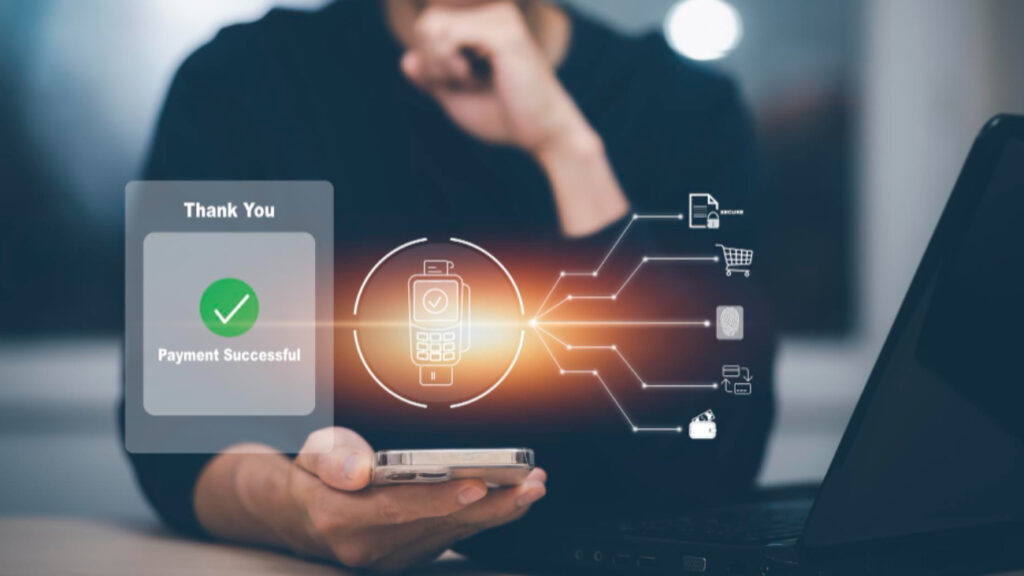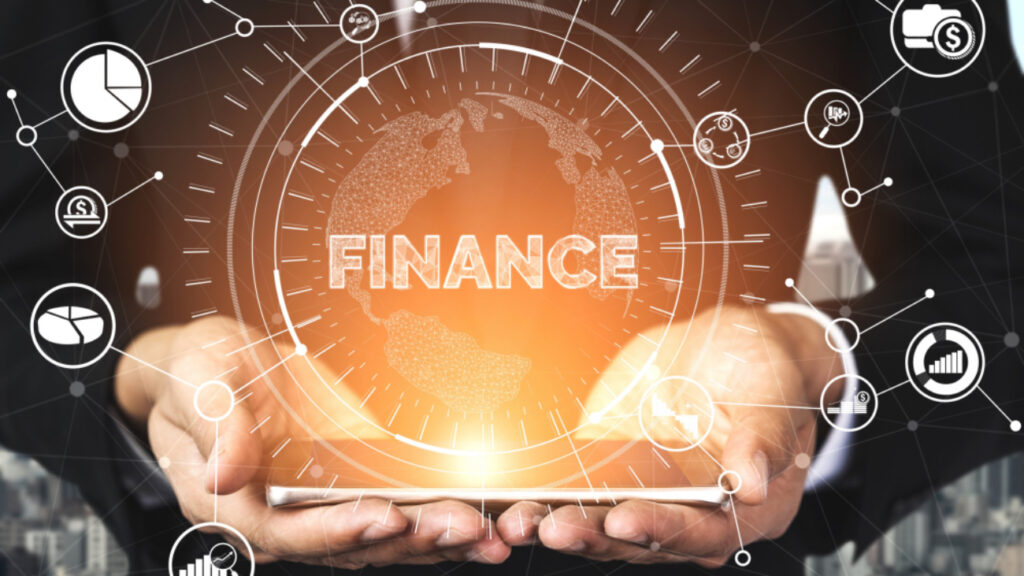Bahaa Abdul Hussein stated that rather than being the sole preserve of high-net-worth individuals and institutional investors, fractional ownership is undergoing significant change due to tokenization of the asset itself. By means of blockchain technology, tokenization turns large, partible physical entities or digital assets into a series of smaller units, each known as a token. These tokens represent ownership rights for assets: they can be bought and sold on digital platforms of various kinds.
This new model lowers the bar for investors, increases liquidity and offers more inclusive ways to join in what were previously exclusive markets such as real estate, art or even ideas.
As the tokenized economy continues to grow by leaps and bounds, this year it lays down a blueprint for an entirely new investment model – accessibility, efficiency and de-centralization will be at its core.
Smart Contracts as Operational Backbone
Smart contracts underpin the functionality of tokenized fractional ownership. These self-executing programs live on the blockchain and automatically enforce predefined rules without manual intervention.
They help automate critical processes such as:
- Revenue distribution (e.g., rent, dividends, royalties)
- Governance mechanisms like voting rights
- Regulatory compliance embedded in code
- Transaction approvals and ownership transfers
By removing intermediaries, smart contracts increase efficiency, reduce administrative overhead, and bring transparency to ownership and asset management.
Expanding to New Asset Classes
While real estate remains the most recognized example of tokenization, several other asset classes are now being explored for fractionalization. These emerging applications broaden investor access to previously exclusive or illiquid assets.
- Intellectual Property: Innovators and creators can tokenize patents, licensing rights, and trademarks, turning IP into investable assets.
- Agriculture and Farmland: Tokenized land ownership allows investors to participate in crop yields or lease income without owning entire plots.
- Music and Entertainment Royalties: Artists and content creators can offer fans a stake in future revenue through fractional token sales.
- Infrastructure Projects: Assets like solar farms or toll roads can be opened up for micro-investments by the public.
These developments not only increase asset liquidity but also introduce fresh capital into underfunded sectors.
Interoperability Across Platforms
The future of tokenized ownership depends heavily on interoperability between blockchain networks. A token’s value increases when it can move freely across platforms, exchanges, and applications without losing utility.
Standardization is key. Blockchain protocols like ERC-20 and ERC-721 help maintain consistent functionality across systems, while cross-chain bridges allow assets to interact with different ecosystems. APIs also play a central role in ensuring smooth integration with custodial services, trading platforms, and digital wallets.
Without such interoperability, tokenized assets risk being confined to isolated platforms, limiting their full potential.
Governance and Decentralized Decision-Making
Fractional ownership isn’t limited to financial participation. In many cases, token holders also gain governance rights, allowing them to influence key decisions related to the asset.
This includes voting on when to sell an asset, how to manage revenues, or electing asset managers. Such decentralized governance aligns incentives among participants and ensures collective control, particularly in community-owned or crowdfunded investments.
Integration with DeFi Ecosystems
Tokenized assets are increasingly being integrated into the decentralized finance (DeFi) ecosystem, unlocking additional financial utilities.
- Use as collateral: Tokens can back loans on DeFi lending platforms.
- Liquidity pools: Asset tokens can be staked to earn yields.
- Decentralized exchanges: Tokens are traded freely without the need for centralized intermediaries.
This synergy between tokenization and DeFi opens new layers of value, enabling real-world assets to participate in global financial flows in a programmable and borderless way.
Conclusion
Tokenization of assets is far more than simply a technological shift in the way we understand ownership, it even defines it. It democratizes access to value by allowing fractional ownership, reshapes capital formation and brings transparency to historically difficult sectors of finance. As infrastructure matures and usage broadens, the next stage for investment lies in fractional ownership through tokenisation. The article has been authored by Bahaa Abdul Hussein and has been published by the editorial board of Fintek Diary. For more information, please visit www.fintekdiary.com.







